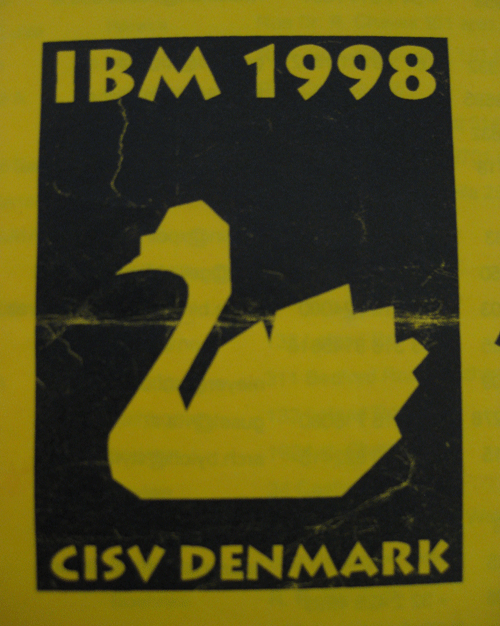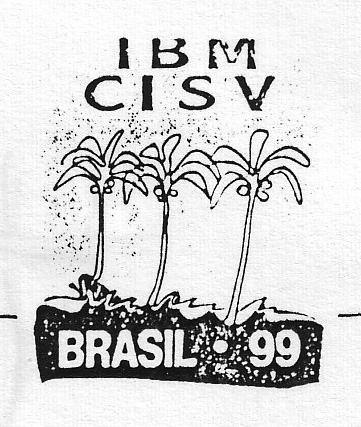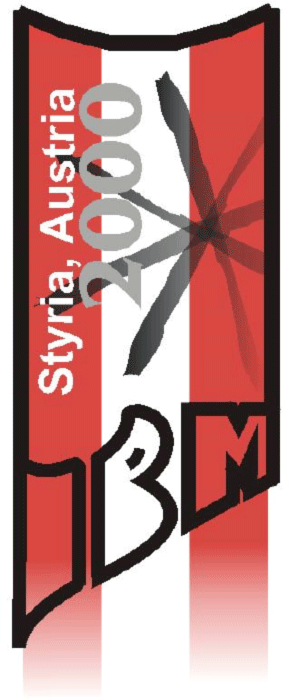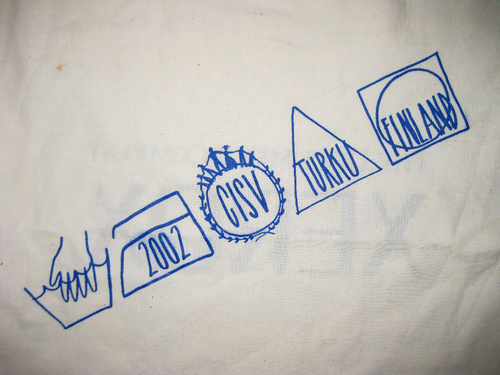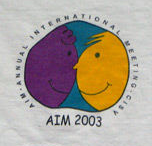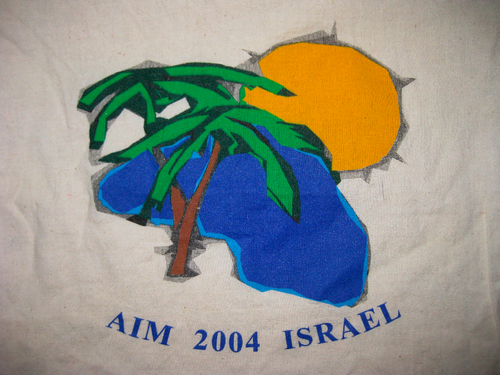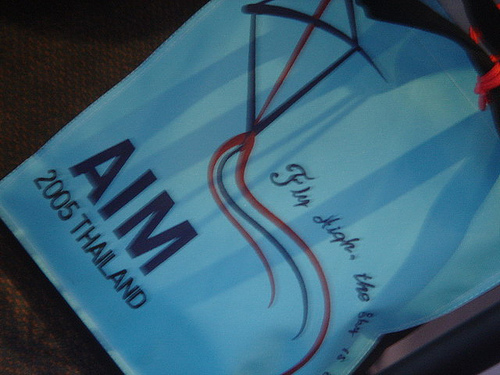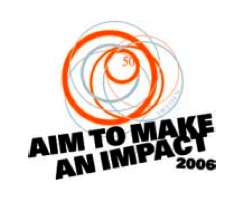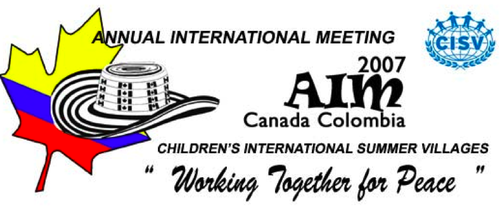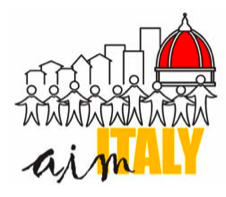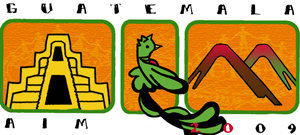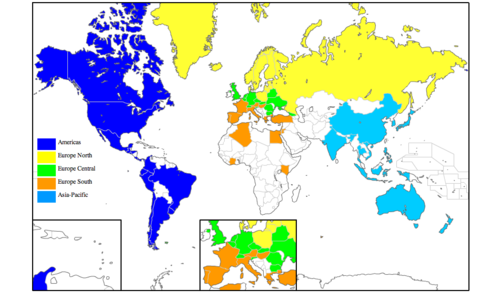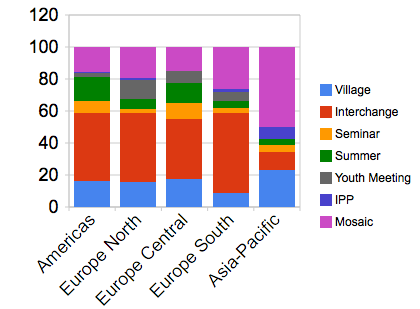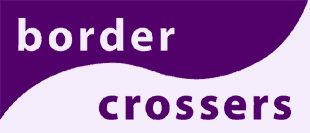Every American president is granted a first 100 days to prove himself - but then his performance is rated in the most critical way.
CISV from the Balcony officially started January 1st 2009, so today it's time to look how well the blog has performed - I'm using American school marks from A+ down to D to grade different areas. The grading is 100% subjective, of course.
Technology B+I installed
Movable Type, a blogging software on my server - it's the first time I'm using it to this extent, being somewhat of a
Blogger addict. So far I'm content, yet not overwhelmed. Basically it's doing mostly everything I wanted it to do. Just...that I don't really like the design template so much, but can't be bothered to change it - for now.
Reception B
Google Analytics tells met that there's an average of more than 100 people visiting per week. That is not bad, given that I only promoted the website through the Devil's, the T-shirt page and Facebook. I still don't want to promote it anyway, except by hoping that people are interested in reading the articles, because the quality is good. I do have to admit that I guess there aren't that many people around interested in this stuff.
Effort vs. Fun A-I never thought I'd be the kind of guy, but apparently writing posts is fun. I enjoy doing it, even if I know that the audience is small. So unless I lose interest, I'm going to keep doing this.
Topics A+I think I've covered a wide variety of topics in and around CISV, so that anybody with a deeper interest in the organization should find some interesting stuff. It's a bit cocky to award myself with an A+, but I retrospectively, I didn't think that there would have been so many interesting things to write about.
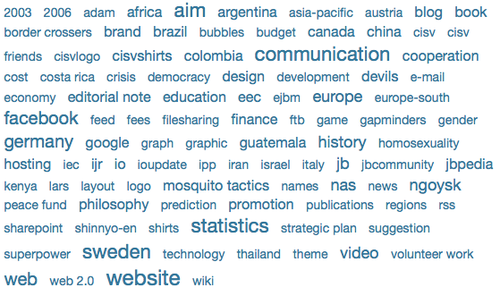 Discussion C+
Discussion C+Hmm. As with CISV Devils the CISV community just isn't made for online discussion. I'm happy though, for Hani, Teo, Nano and Marcos et al. who keep giving feedback - thanks. Maybe people will feel more comfortable to share their views online in the future.
SummaryAll in all CISV from the Balcony is a project that I do at least 50% for my own pleasure: To dig into CISV's history, structure and philosophy, come up with interesting statistics - and take the freedom of commenting on it. In that view, I'm more than happy. FTB will be around for another while. Any feedback, comments, wishes, please leave a comment.


